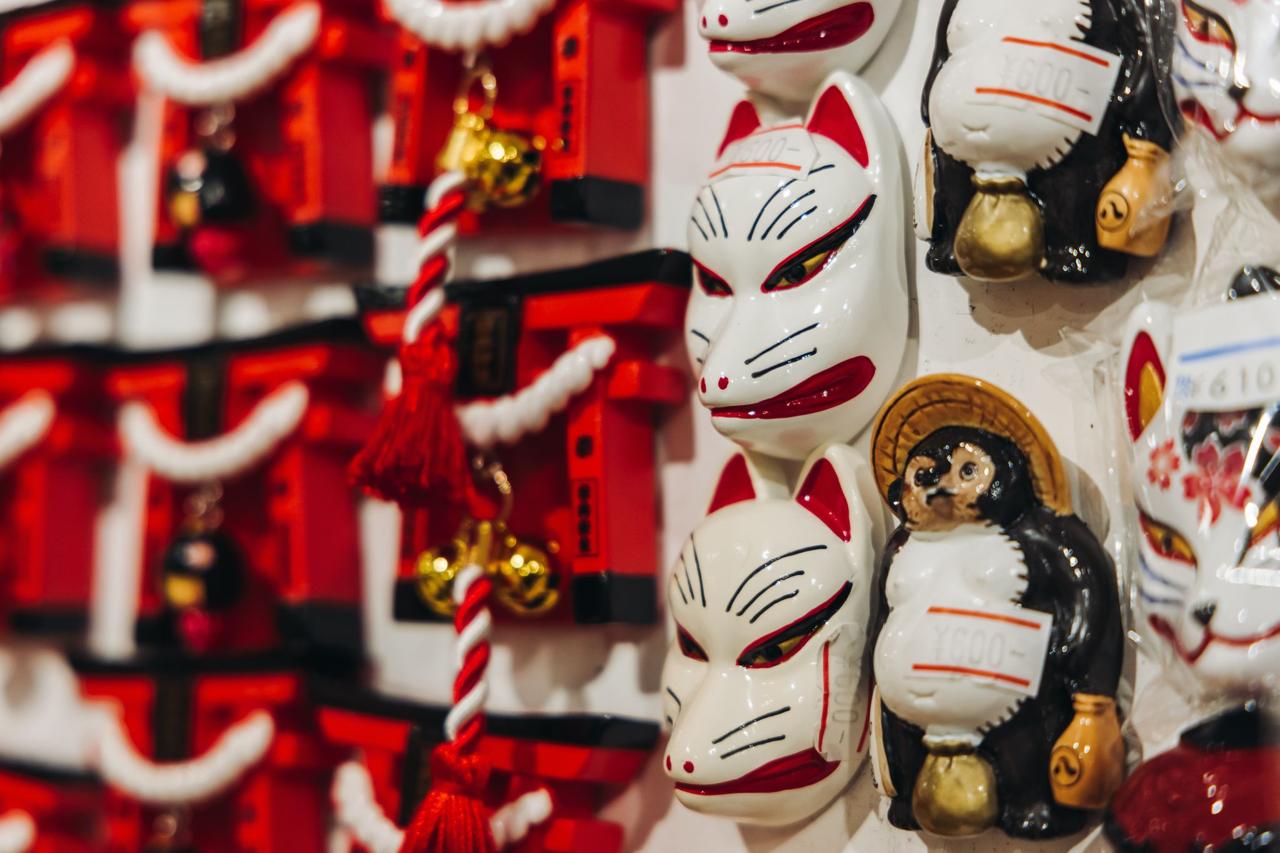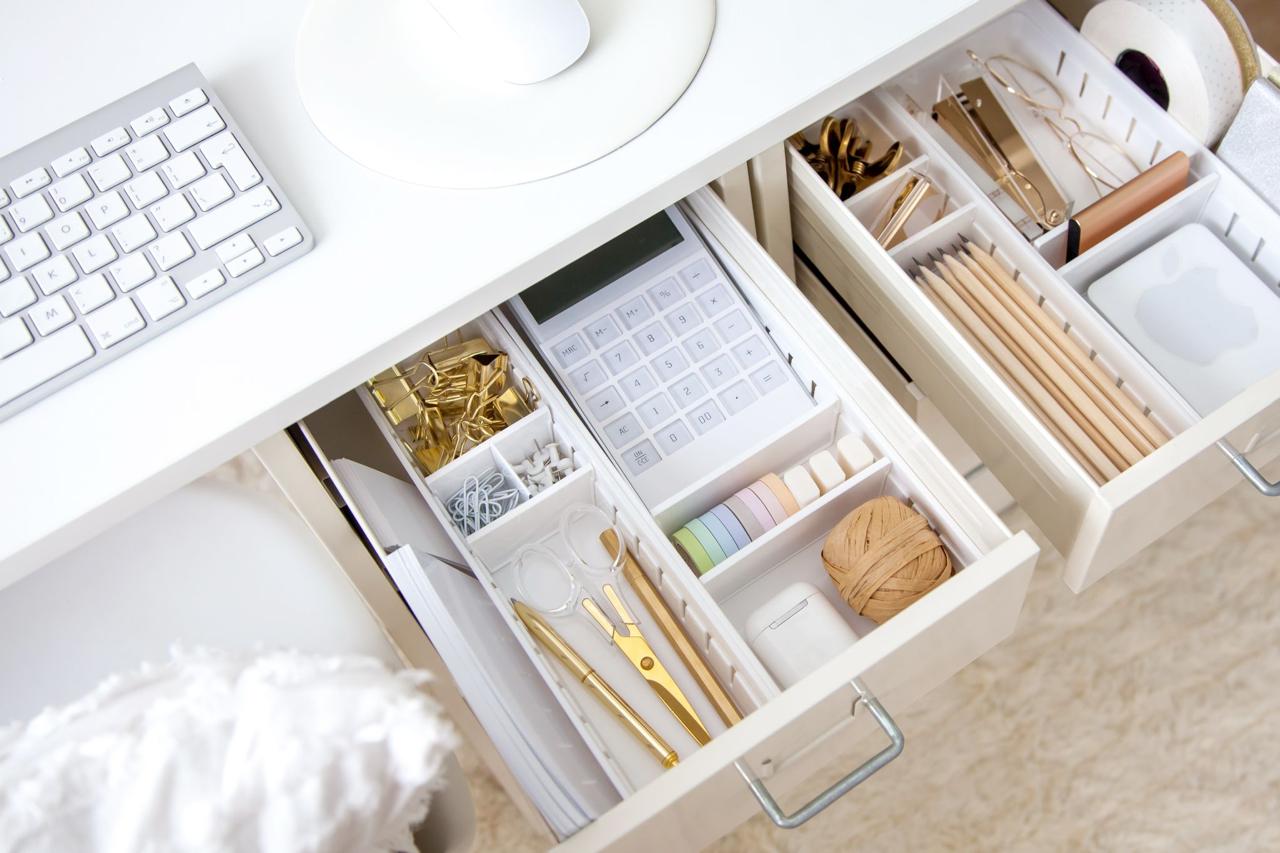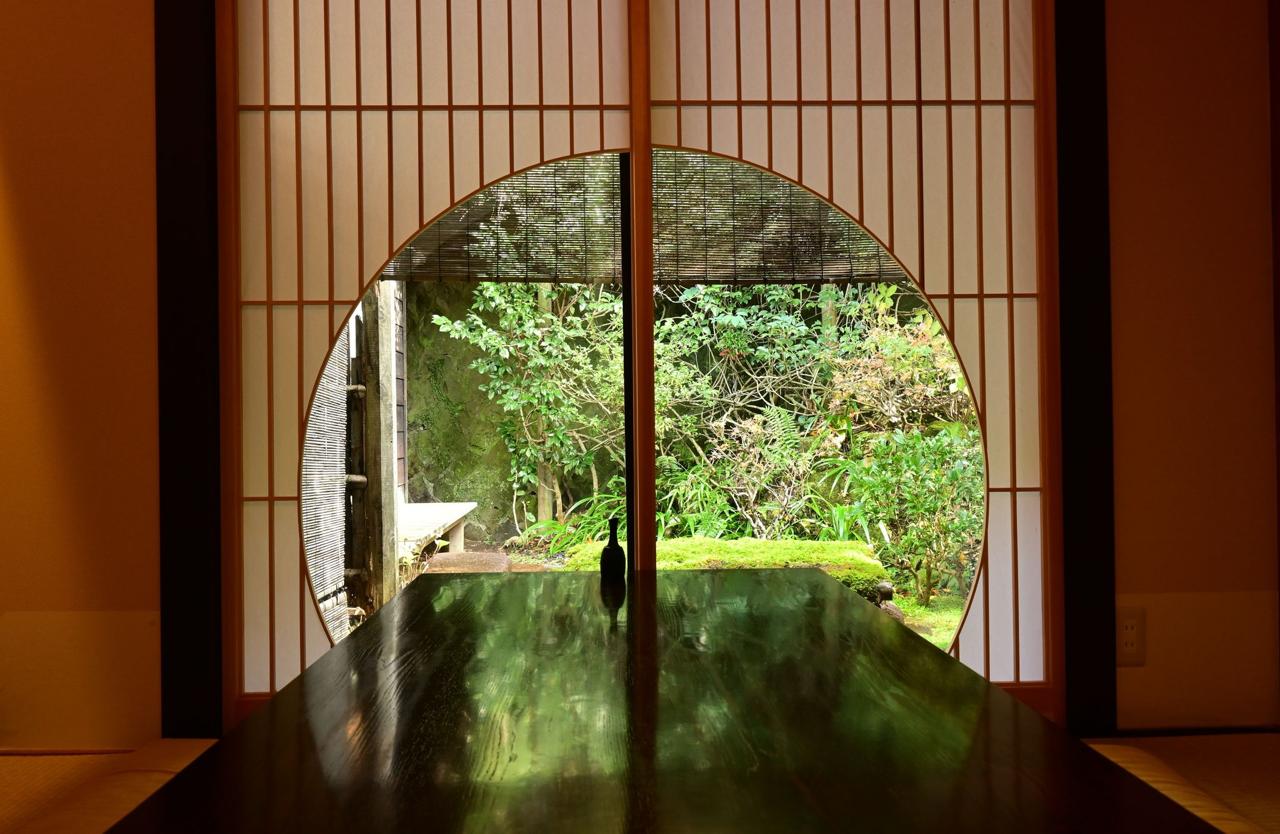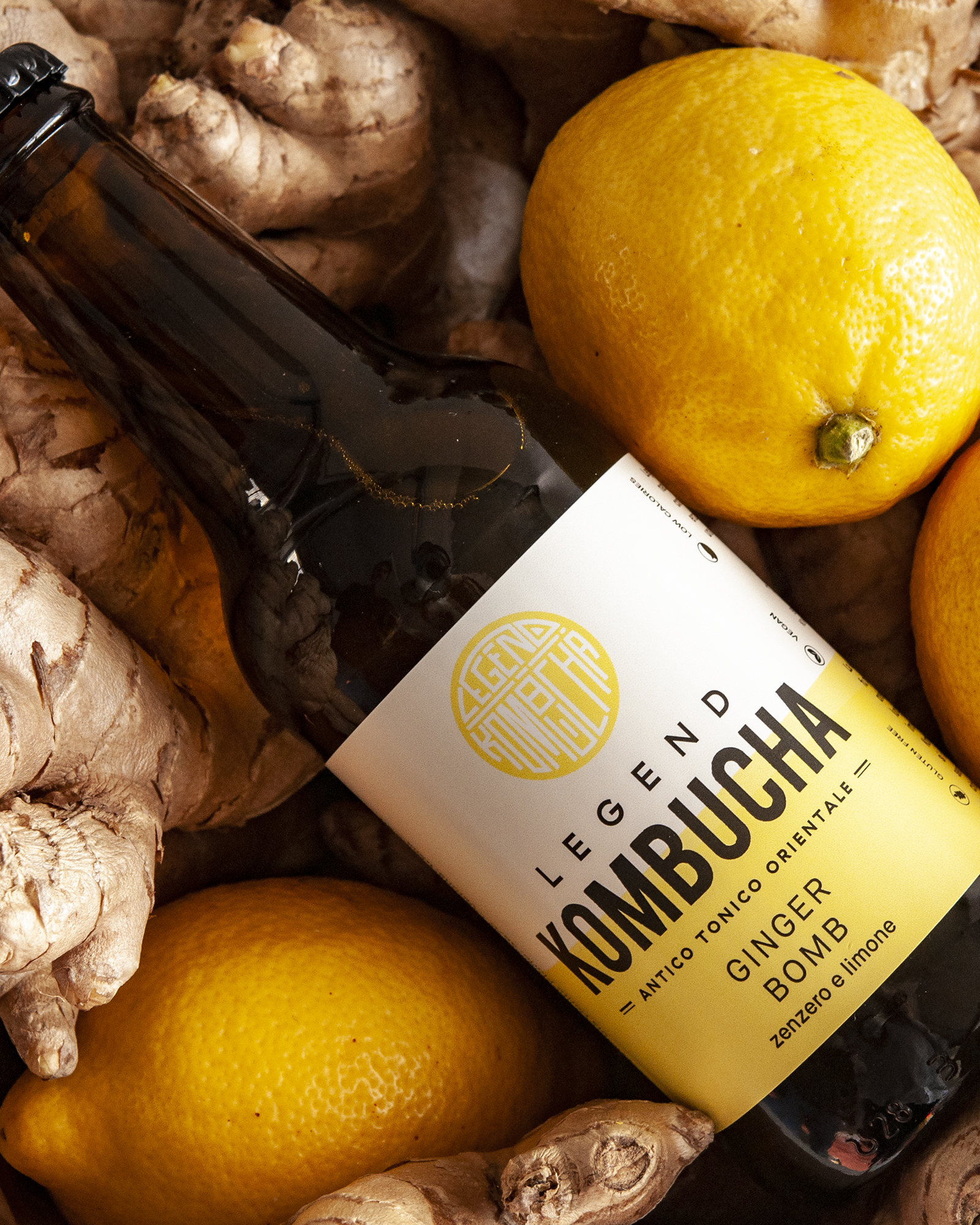
Spring is finally upon us – a season associated with renewal – longer days, lighter clothing and of course, spring cleaning. But what if decluttering wasn’t just about clearing out drawers or finally tackling that chaotic cupboard under the sink? What if it could become a sacred ritual - one that nourishes not only our homes, but also our minds?
Shelina Jokhiya, founder of DeCluttr Me and a champion of conscious living shares how a trip to Japan helped her reframe the way she sees “tidying up.” “Minimalism is an aesthetic many of us try to achieve,” she says, “but it can seem impossible with so many possessions filling our homes.” In Japan, however, she discovered a cultural approach that makes simplicity feel natural - even spiritual.
Minimalism is an aesthetic many of us try to achieve, but it can seem impossible with so many possessions filling our homes. On a recent trip to Japan, I saw firsthand how Japanese culture has much to teach us about reducing clutter simply and naturally to make more of an impact with the pieces we have.
.jpeg)
Embrace Empty Space
Japanese design philosophy is not only about how things look but creating harmony between body and soul. This approach is rooted in the concept of ‘ma’, which refers to the conscious space between objects, teaching us that empty space is not truly empty. There is a beauty in empty space because it represents a vital element which allows our homes to breathe, our possessions to shine, and our minds to find clarity. Like the carefully placed rocks in a Zen Garden, how we arrange our homes should have purpose and meaning.
That said, we’re not just talking about getting rid of things; ‘ma’ means curating an environment with intention. When you adopt these principles, you’ll see that less is truly more – more serenity, more focus, and more appreciation for the items you cherish and choose to keep. Conscious spacing also has practical benefits, like making things easier to find. As a result, life feels less stressful when you’re browsing through your wardrobe or heading out the door looking for your keys.
Try it: choose one shelf or cupboard. Instead of cramming it full, remove what you don’t need and doesn’t serve you. The aim is to locate what you need in less than five seconds.

The Art of Mindful Display
A beautifully styled home isn’t about filling every surface and showcasing every expensive purchase. It’s about creating visual harmony with meaningful objects that spark joy. Rather than dotting every surface with décor, take a step back and consider the purpose and placement of each piece. A single well-chosen vase will be far more striking than a collection of mismatched ornaments.
Try it: Start with the rule of three, grouping items in odd numbers with varying heights and textures. This will help you layer items thoughtfully, creating depth without crowding. Don’t be afraid of the empty space; these pauses let each piece tell its own story.
.jpg)
Creating Calm in Your Kitchen
In Japanese homes, the kitchen embodies ‘daidokoro’ – a space where function and tranquillity meet. This combination is crucial because kitchens are the heart of the home – a place to be creative and spend time with family and friends. You don’t want a soulless space, missing essential items. Thankfully, there’s plenty you can do to maintain order while creating a welcoming, serene environment. The main organization techniques for your kitchen are zoning and mindful storage.
Creating distinct zones for preparation, cooking, and storage keeps things focused and efficient. Consider the flow between these spaces, allowing movement to feel natural and purposeful.
Try it: Apply ‘ma’ to your countertops. Keep only essential items visible, storing everything else in designated zones. Use natural storage materials like bamboo organisers and clear containers to echo minimalist practices while being functional.
.jpeg)
The Power of Routine
One of the biggest ways in which the Japanese culture creates calm living spaces is through the small everyday routines that support a tidy life. This mindset teaches us that we don’t need big, dramatic clear-outs every quarter if we simply take a moment to create small, thoughtful habits that make life flow better. When you make time for your home, you are showing yourself care and respect. Tiny rituals make a big impact before long, freeing up time and energy, and you will always thank yourself tomorrow for the care you took today.

Try it:
1) Do a daily reset before bed each evening. Spend five to ten minutes putting things back in their place so you step into a calm space every morning. It might sound like a chore at first, but five minutes of tidying a day is far less overwhelming than five hours every month.
2) Have a specific place for frequently used items, such as your keys, bag and remote controls. Accessibility is important, saving you time in the long run.

Remove the Pressure with Wabi Sabi
Clients often tell me that they are put off organizing their homes because they’ll never be able to keep things ‘perfect’. But don’t let the pursuit of perfection stand in your way. The priority is function over form. The Japanese philosophy of ‘wabi-sabi’ finds beauty in life’s natural imperfections, which means a well-used kitchen doesn’t have to have matching containers. A lived-in bedroom doesn’t need colour-coded cushions. And your spice collection can mix old and new jars. Imperfections tell a story and create character in your space. When we remember the meaning of ‘wabi-sabi,’ we free ourselves from the pressure of perfection and find peace in practical solutions.










